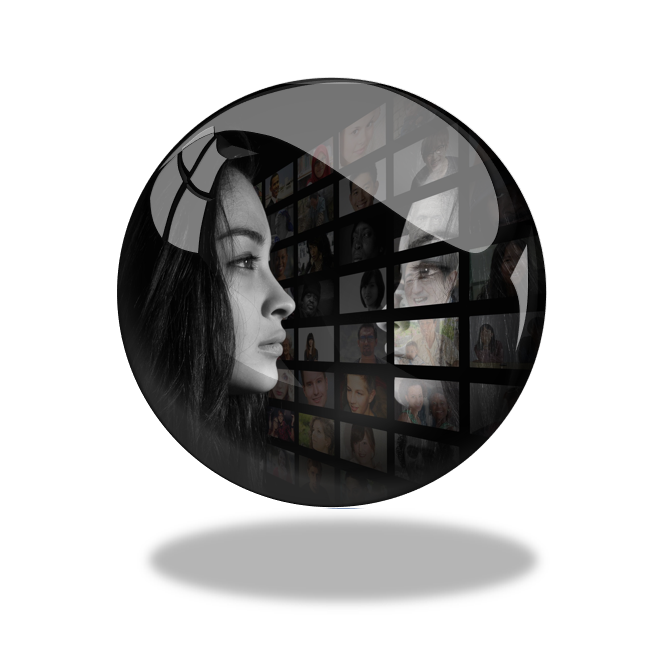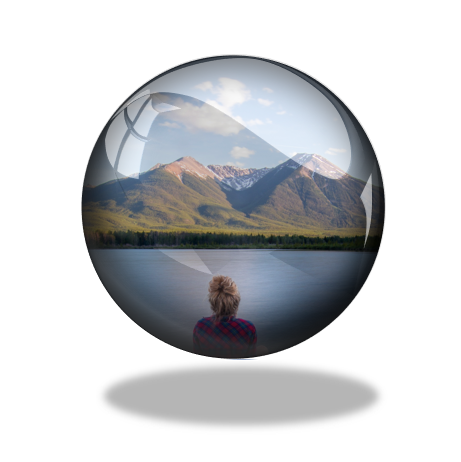Creating a climate in which authenticity and creativity thrive – Being the person who makes the difference to your meetings
Please help us to get the word out in just two clicks – click here – then click the like button
Why take this challenge?
Create meeting climates which bring out the very best in people
Shift your team culture to one in which people can fully be themselves
Be more in control of how your emotions help create the relationships you need

Brene Brown’s inspirational TED talk on connecting with others, describes the importance of courage – the openness to share all of yourself, flaws and all, whole heartedly.
So, I would like you to imagine your next team meeting, and to imagine you are going to be totally open. How do you feel? Can you feel a slight tightness around your heart?
Do you fear that some people would use it against you. Perhaps you feel they might judge you?
And does that feeling, that thought, make you defensive? It would me.
Vulnerability IS key to effective teamwork, but only in the right climate. It is virtual suicide in the wrong one.
Given the importance of such vulnerability to team performance and potential, it becomes clear that the climate is something we need to better understand and manage. And to take responsibility for our own part in that.
And that is the subject of this week’s adventure.
It is based on the work of Otto Scharmer. And it is about our willingness to be honest (at least with ourselves) about what is currently happening inside us in response to what is being said (spoken and unspoken) outside us.
When we look into ourselves, do we sense open and inclusive feelings and attitudes of curiosity, compassion and courage? Or are we finding ourselves tending to judgement, cynicism and a degree of fear over what might develop if ‘it is not addressed’.
The former ‘open’ feelings and attitudes are great for creativity, honesty, bonding and insight, but they are fragile.
Conversely, the latter ‘closed’ feelings risk blame, politics, resentment, and disengagement, and they are contagious. ‘Openness’ all too easily turns to ‘closed’ attitudes in response to sensing ‘closed’ responses in others. And this is deep within our human DNA.
+ Green track - taking it in your stride
+ Blue track - a bit of a workout (click to open)
+ Red track - stepping up to bat (click to open)
You may find the following resources helpful in tackling your challenge or in gaining further benefits from the skills and insights you develop
- Brene Brown’s TED talk on vulnerability.
- Blog Post on meaningful conversation
- Otto Scharmer’s introduction to his book
To catch up on past adventures you may have missed, feel free to browse our Adventures Library
Let us know how you get on.
Share your experience, your insights and your observation using the comments section at the bottom of the Linkedin post.
Please help us to extend and develop our community by sharing what you are doing. Click on the links below where you are most active, and then like or share the article to your network. Thank you for helping.
- Share the Linkedin version of the challenge
- Tweet the challenge on Twitter
- Share your progress and insights with the Linkedin LbA community
And share your progress and insights with the Twitter LbA community using #leadingbyadventure
Useful links:
Adventures to date | I did it, but it didn’t work very well | How do I know if it is working
Bringing this thinking into your meetings | Adventure & Mental Health
Leading by Adventure community | Explore Strategic Support options
















